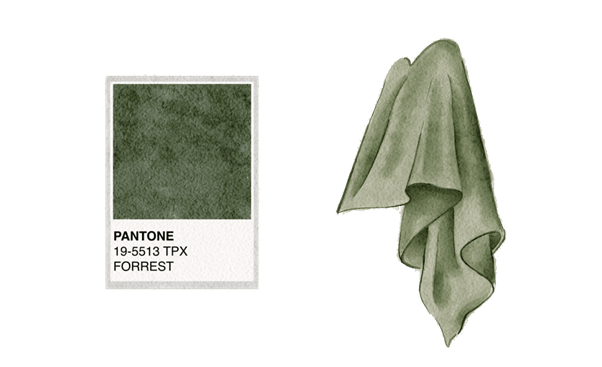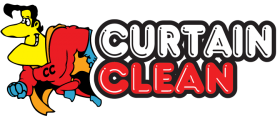Along our journey to creating a more sustainable future, our studios are working to incorporate innovative textiles into our product offering. The technical advancement of recycled yarn production has led to textiles which are not only more environmentally friendly but emulate the soft handle of virgin fibres. In this article we explain the process of transforming post-consumer plastic bottles into recycled polyester yarn, through an investigation into the production of our first recycled product: Kumo Recycled by James Dunlop.
Woven in 92% recycled polyester and 8% polyester yarn, Kumo Recycled presents a modern perspective on fibre construction. Available in 15 decorative shades, Kumo Recycled is suitable for those seeking a high-performance wide width sheer that is fire retardant and has a weighted selvedge in both residential and commercial applications, elegantly framing the view in any setting.

THE RECYCLING PROCESS
At the recycling facility, post-consumer PET bottles are magnetically sorted by a metal detector and the labels are washed off with water in a revolving cylinder called a Tromel. The clean PET bottles are then sorted into types and colours by a near infrared ray and spectrum camera before being shredded into flakes underwater.

Separation occurs as lighter plastics float to the tank’s surface. The flakes are dried in a tumbler, then rinsed with sodium hydroxide, dried, rinsed in water, and dried once more. Residual contaminants and metals are then blown out and the flakes are shredded into smaller flakes, ready to be used to produce a liquid polymer (resin).

The resin is dried at 135-150 degrees Celsius for an hour before being melted at 285-300 degrees Celsius and filtered. To spin the resin into yarn it is extruded through a small hole and elongated by applying external tensile force, as the resin is pulled it is cooled with water, emerging as a solid filament. The filament is converted into recycled polyester staple fibre by being stretched at different speeds on draw rolls, then crimped, dried, and cut.

AT THE MILL
The yarn is then sent to the textile mill where it undergoes similar processes to virgin textile fibres.
To develop Kumo Recycled, the yarn is firstly woven into greige cloth and piece dyed to deliver James Dunlop’s custom colour palette of 15 decorative shades, referencing our Australasian flora and fauna. Then it is expertly finished to create a handle emulating soft cotton; embracing the imperfect quality of natural materials in the slubby and delicate weave.
Kumo Recycled is also Oeko-Tex 100 certified, ensuring no harmful chemicals were used during production or are present in its final form.

Thanks James Dunlop for this innovative and interesting read!

